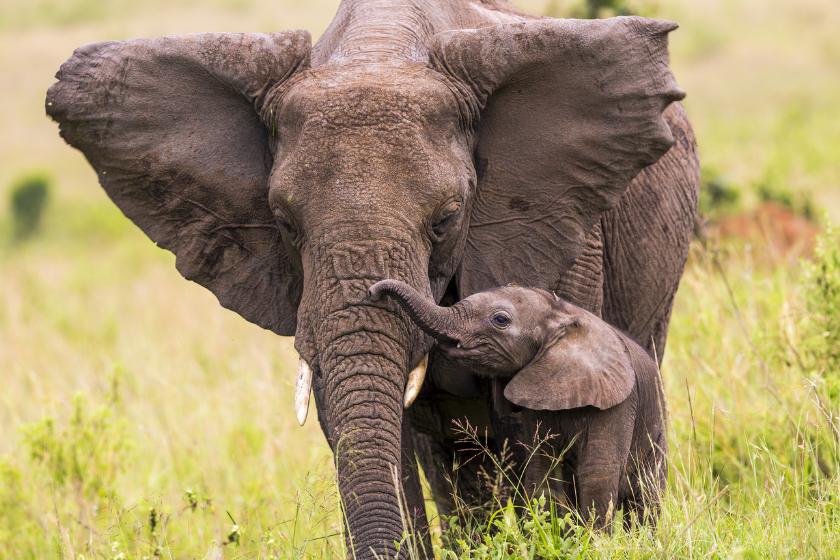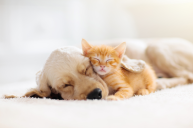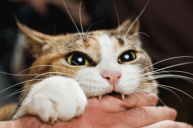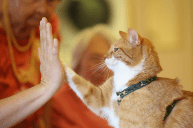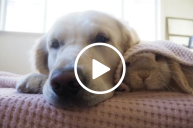Did you know our fluffy, spoiled house cats aren't the only animals who purr?
There are many things that make our pet cats special, from the way that they play to the way that they cuddle. Sure, there are a couple of hairballs and scratches thrown into the journey of cat ownership, but it doesn't take away from their cuteness! However, what makes a cat particularly special is the purr they vibrate that lets you know you've hit the right spot.
As it turns out, there are more members in the "purring community" than just cats! Here are some of the most animals who purr and what that exactly means.
1. Rabbits
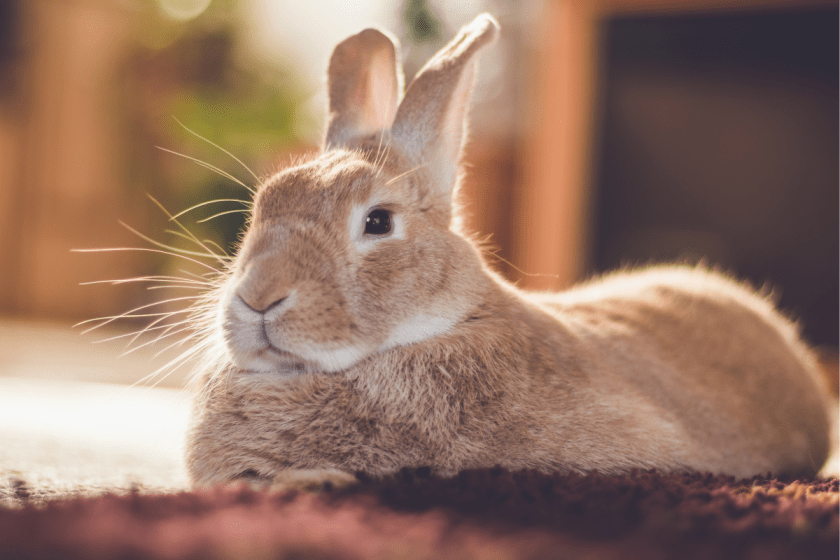
As if they couldn't get any cuter, it turns out bunnies purr! However, it's a bit different than how we know cats to purr. When rabbits are being scratched on the head or are in a full state of comfort, they grind their teeth together rapidly for a short amount of time, over and over. The teeth grinding makes a purring noise and causes their body to vibrate. If you've got a pet bunny at home, show them some love and see if you can catch their purr!
2. Elephants
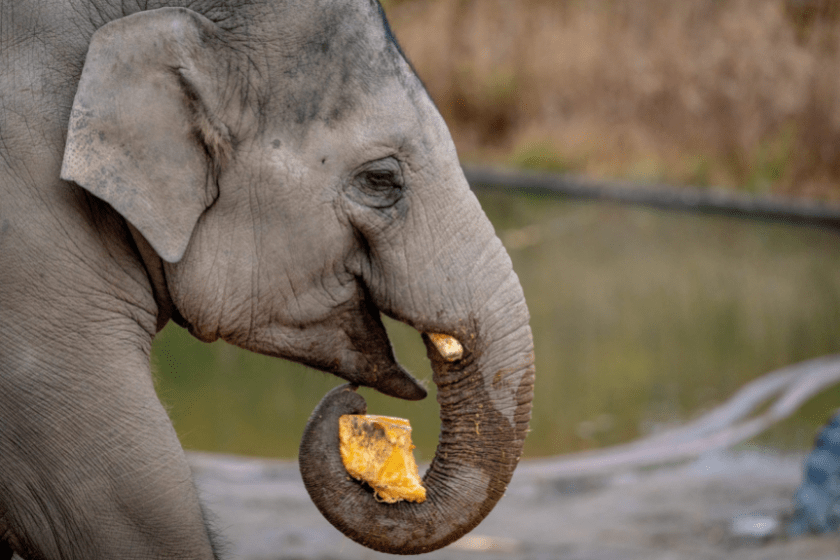
IDA MARIE ODGAARD/Ritzau Scanpix/AFP via Getty Images
Yup, this is the one that typically shocks most people, but elephants absolutely purr. By contracting the muscles of the larynx, elephants emit low frequency rumbles that they use to try and communicate over long distances. They may be the world's largest land animals, but that doesn't mean they aren't adorably cute and cuddly mammals that love to purr!
3. Raccoons

Raccoons certainly get a bad rep for all the trash digging they are infamously known for, but these little leftover bandits absolutely purr as part of an eclectic range of sounds like chittering, growling, hissing, and even screeching. Raccoons purr when they feel the most comfortable, which humans rarely see when encountering them. (That is, unless you're part of the niche community of pet raccoon owners!)
4. Gorillas
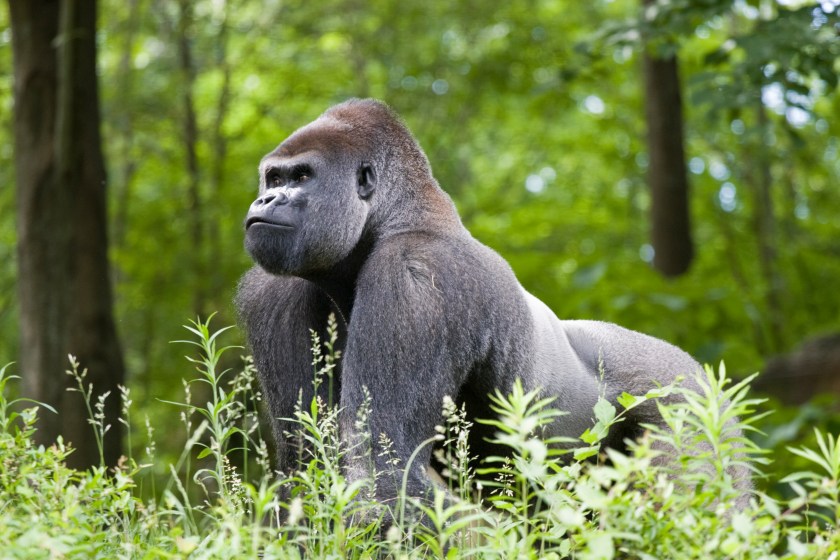
Sharing such close DNA to that of humans, gorillas express a wide variety of emotions similar to our species, and purring plays a role in that — It's often seen as an emotional expression for them. A gorilla's purr resonates big and loud, indicating they are either very excited or very scared. Think of this vocalization as similar to a human scream when we're either very excited or very scared.
5. Squirrels
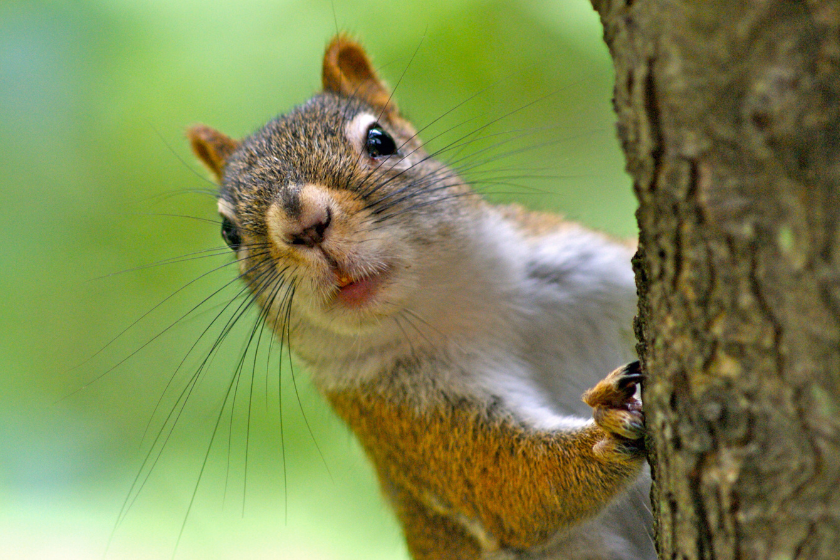
While most squirrels never stand still long enough for us to hear them purr, it's actually an important part of their dialogue. Purring in squirrels can be associated with different emotions, including signaling to fellow squirrels that there's danger nearby. However, purring can exist as a positive similar to cats — If you've ever seen someone feeding squirrels at your local park, these enthusiasts can attest to the friendly vocals of a happy and content squirrel.
6. Guinea Pigs
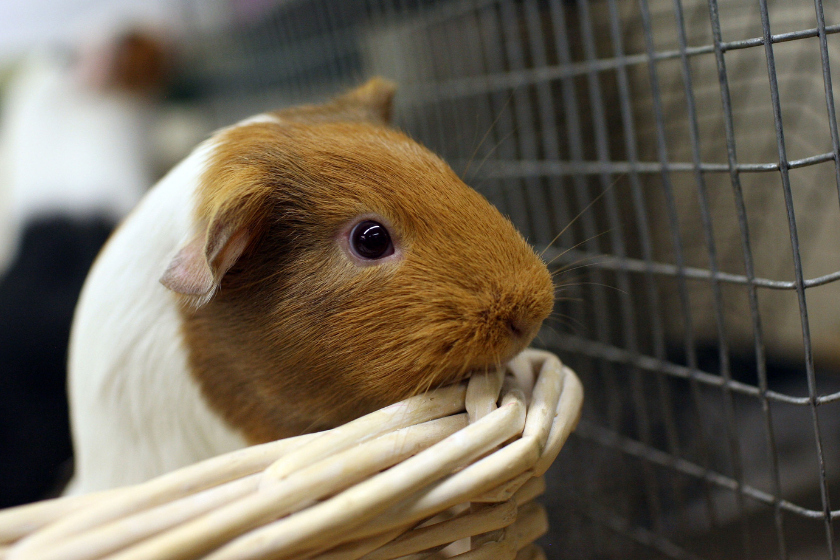
Photo by Justin Sullivan/Getty Images
If you happen to be a proud owner of these adorable pets, then you likely have heard this tiny version of purring. Guinea pigs purr in specific circumstances, like when you rub their backs or when they are reunited after being separated for a while. They're particular with their purrs, sending out lower-pitched purrs to show they're happy and content, while a high-pitched purr is reserved when these little critters sense danger or are afraid.
7. Cheetahs
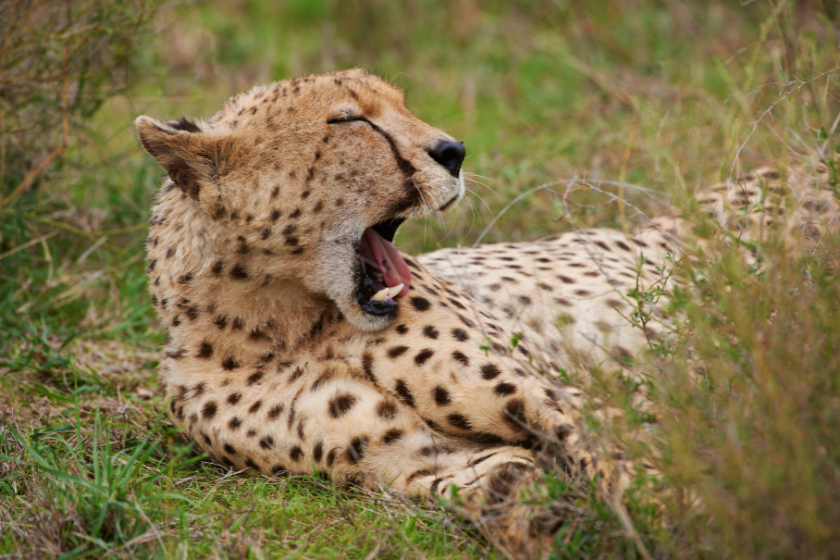
Juergen Ritterbach / Barcroft Im / Barcroft Media via Getty Images
It's a common question that experts get all the time: do big cats purr like household cats? The answer is found in a bone in the cat's throat called the hyoid, which supports the larynx and tongue. In the majority of cats — from domestic cats to lynxes and cheetahs to cougars — this bone is completely ossified and rigid, causing the vibration and noise we commonly know as purring.
8. Bats
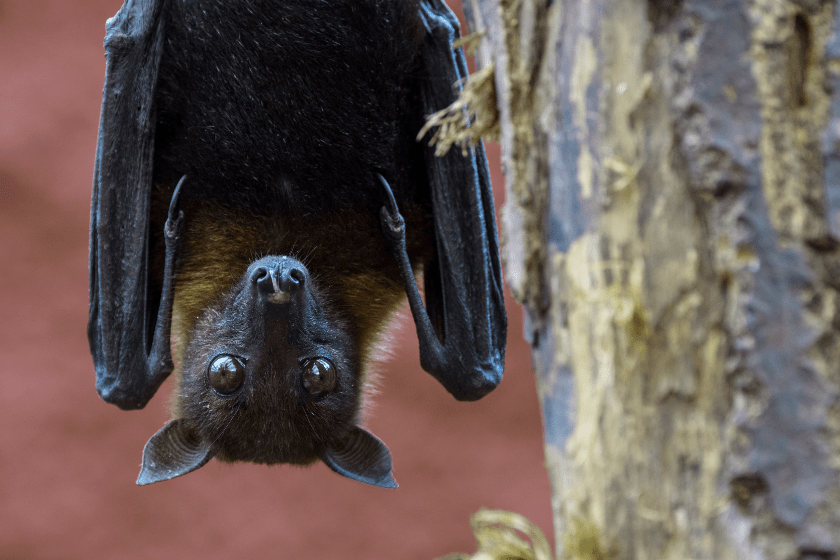
Arterra/Universal Images Group via Getty Images
To experience and truly hear a bat's purring sound, you'll have to get pretty intimate with them — Please, don't go looking for your local wild bats to try and hear for yourself. Bats typically purr when they're held and are even able to do it upside down. Dr. Emma Teeling, the Founding Director of the Centre for Irish Bat Research at University College Dublin, told The Irish Times, "[Bats] recognize people and will purr in the hands of their owners... They are wonderful creatures, actually very friendly."
Plenty of creatures throughout the animal kingdom "purr" to signal emotions. Starting with the most affectionate house cats and ranging deep into the jungle, keep an ear out to try and spot more purring-type sounds!
Does your cat purr with the best of them? Share your feline friend with our Wide Open Pets Instagram!
